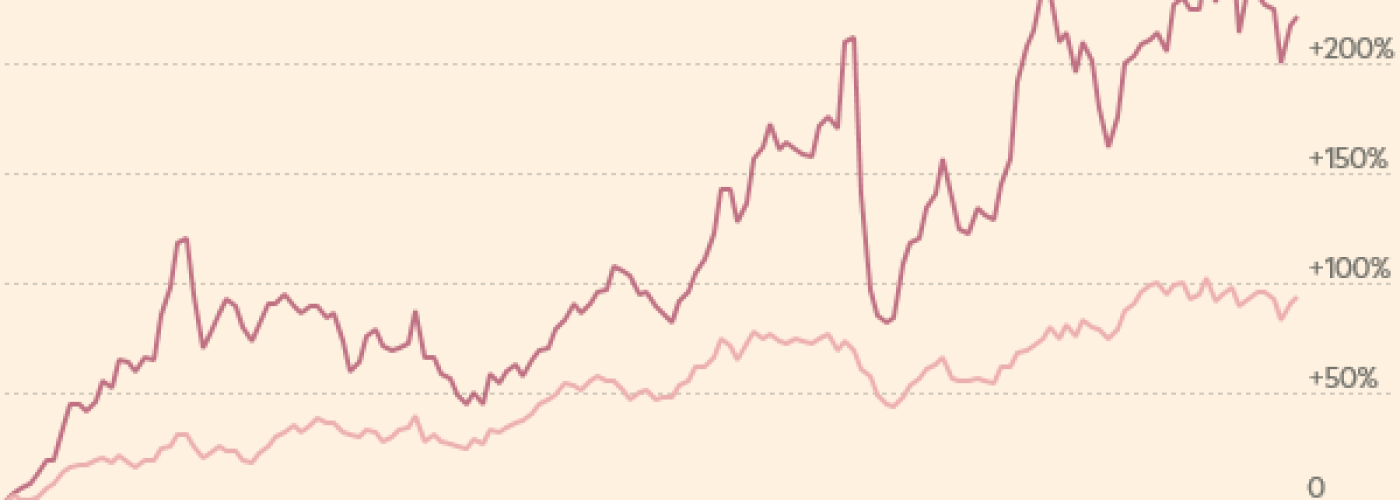 ©Bloomberg
©BloombergLafargeHolcim took a SFr3bn ($3.1bn) charge in the fourth quarter of last year — blamed partly on deteriorating markets in Brazil, Russia, Iraq and China — but the cement group said it remained on track to achieve three-year profit and cash flow targets.
Since being formed in July last year after a lengthy merger process, the Zürich-based business has seen its share price fall sharply on investors’ concerns about sluggish global growth and post-deal integration problems.
Last month, Wolfgang Reitzle, chairman, who had helped save the merger from collapse, said he would stand down in May to become chairman of the supervisory board of Linde, the German industrial company where he was previously chief executive.
On Thursday, Eric Olsen, chief executive, told investors that the “most challenging dimensions of the merger are now behind us”.
Debt-reduction plans and synergy savings were ahead of schedule, he said, while “solid progress” had been made towards performance targets set late last year. These included at least SFr10bn in cumulative free cash flow generation from 2016 to 2018, and operating profits of SFr8bn in 2018.
“I have a three-year plan and we’re absolutely on track,” Mr Olsen told the Financial Times on Thursday.
In 2015, the group’s adjusted operating profits fell by a smaller than expected 4.6 per cent to SFr5.75bn. However, the fourth quarter resulted in a net loss of SFr2.86bn because of the SFr3bn charge, which LafargeHolcim attributed to asset impairments and “changing market conditions” in Brazil, Russia, Iraq and China.
Analysts from Bernstein said such a charge suggested “a permanent adjustment to earnings potential” — adding that “we struggle to reconcile this with management’s confidence about achieving its 2018 targets”.
Mr Olsen, however, argued that the exceptional charge was “a natural consequence” of a post-merger portfolio review, and would not affect earnings potential. He was cautiously upbeat about 2016 prospects, expecting a 2 to 4 per cent expansion in demand in LafargeHolcim’s markets.
“The so-called broad-based emerging market crisis, we’re just not seeing in the underlying activity in our markets,” he told journalists in Zürich.
Last year’s results were helped by a 12 per cent rise in adjusted operating profits in North America, to SFr1.18bn. LafargeHolcim now expects a 4 to 6 per cent expansion in that market in 2016.
While the group reported severe pricing pressure in some countries — including Switzerland, where it was hit by the strength of the franc — action had been taken to manage costs in such markets, Mr Olsen said. Although China’s cement market was expected to contract in 2016, he still expected earnings growth there on the back of cost-cutting.
Net financial debt fell from SFr18.3bn in September, to SFr17.3bn at the end of last year — beating the group’s SFr17.5bn target. Capital expenditure in the second half of last year was in line with the target of less than SFr1.4bn and SFr200m lower than the previously announced plan.
LafargeHolcim also said it had reached agreements to dispose of stakes in operations in South Korea and Saudi Arabia, as part of a SFr3.5bn divestment programme.

Copyright The Financial Times Limited 2016. You may share using our article tools.
Please don’t cut articles from FT.com and redistribute by email or post to the web.





